Refine search
Actions for selected content:
6791 results in Communications and signal processing

Applied Digital Signal Processing
- Theory and Practice
-
- Published online:
- 05 June 2012
- Print publication:
- 21 November 2011
-
- Textbook
- Export citation
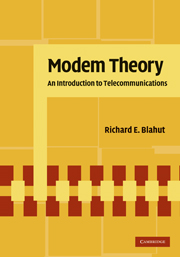
Modem Theory
- An Introduction to Telecommunications
-
- Published online:
- 05 June 2012
- Print publication:
- 26 November 2009

Theory and Design of Digital Communication Systems
-
- Published online:
- 05 June 2012
- Print publication:
- 28 October 2010
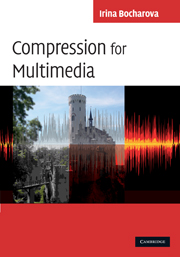
Compression for Multimedia
-
- Published online:
- 05 June 2012
- Print publication:
- 24 December 2009
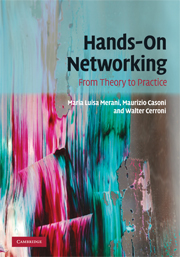
Hands-On Networking
- From Theory to Practice
-
- Published online:
- 05 June 2012
- Print publication:
- 17 September 2009
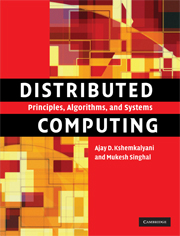
Distributed Computing
- Principles, Algorithms, and Systems
-
- Published online:
- 05 June 2012
- Print publication:
- 17 April 2008
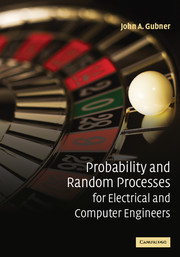
Probability and Random Processes for Electrical and Computer Engineers
-
- Published online:
- 05 June 2012
- Print publication:
- 01 June 2006
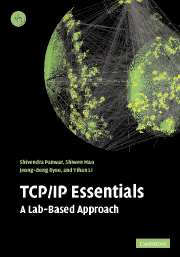
TCP/IP Essentials
- A Lab-Based Approach
-
- Published online:
- 05 June 2012
- Print publication:
- 18 November 2004
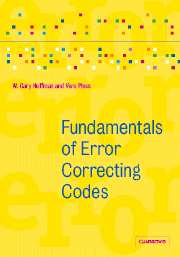
Fundamentals of Error-Correcting Codes
-
- Published online:
- 05 June 2012
- Print publication:
- 26 June 2003
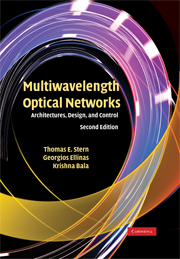
Multiwavelength Optical Networks
- Architectures, Design, and Control
-
- Published online:
- 05 June 2012
- Print publication:
- 08 December 2008
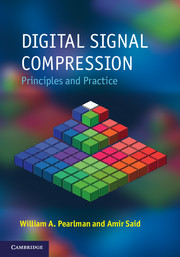
Digital Signal Compression
- Principles and Practice
-
- Published online:
- 05 June 2012
- Print publication:
- 27 October 2011
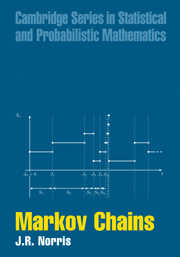
Markov Chains
-
- Published online:
- 05 June 2012
- Print publication:
- 28 February 1997
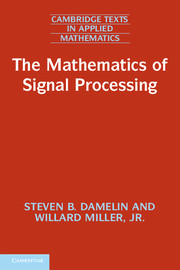
The Mathematics of Signal Processing
-
- Published online:
- 05 June 2012
- Print publication:
- 15 December 2011

Advanced Optical Wireless Communication Systems
-
- Published online:
- 05 June 2012
- Print publication:
- 24 May 2012

Digital Signal Transmission
-
- Published online:
- 05 June 2012
- Print publication:
- 20 August 1992

Principles of Digital Communication
-
- Published online:
- 05 June 2012
- Print publication:
- 28 February 2008
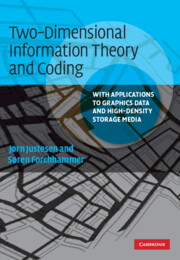
Two-Dimensional Information Theory and Coding
- With Applications to Graphics Data and High-Density Storage Media
-
- Published online:
- 05 June 2012
- Print publication:
- 15 October 2009

A First Course in Digital Communications
-
- Published online:
- 05 June 2012
- Print publication:
- 28 May 2009

Channel Codes
- Classical and Modern
-
- Published online:
- 05 June 2012
- Print publication:
- 17 September 2009

Iterative Error Correction
- Turbo, Low-Density Parity-Check and Repeat-Accumulate Codes
-
- Published online:
- 05 June 2012
- Print publication:
- 19 November 2009
